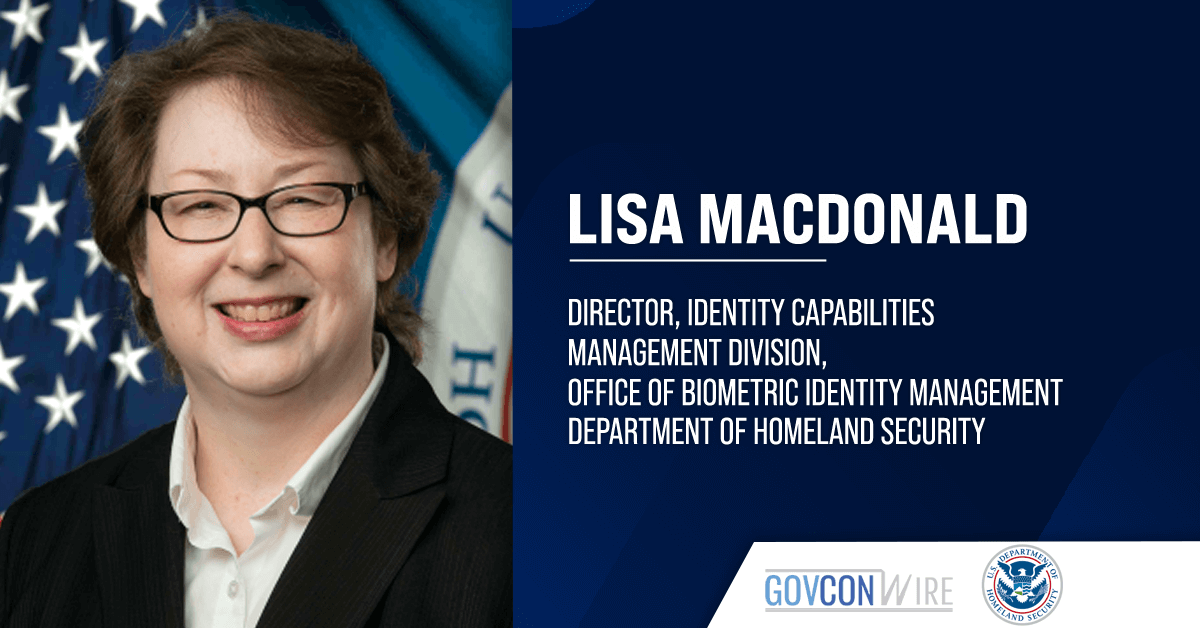Biometric identification is a foundational part of the United States’ immigration and transportation systems — a quick and, by many measures, secure and fraud-deterring way to confirm individuals’ identities in high-volume, high-traffic scenarios. It’s also a key way to sift through and find the rare individuals who may be a potential danger to the country, Lisa MacDonald of the Department of Homeland Security told GovCon Wire in an exclusive comment.
“Biometrics support operational missions across DHS to help determine whether an individual poses a threat, as well as whether to grant or deny benefits,” MacDonald, who is director of the Identity Capabilities Management division within the Office of Biometric Identity Management, or OBIM, said.
MacDonald spoke with us ahead of her closing keynote address at the Potomac Officers Club’s 2025 Homeland Security Summit later this week. On Wednesday, Nov. 13, POC will be gathering the best and brightest in the national security ecosystem for frank discussions about new technologies, the latest strategies and the best ways to partner.
From Hardware to Cloud
“DHS use of biometric capabilities is continuing to grow,” MacDonald emphasized, and this was borne out by a request for information issued in late September. With the RFI, DHS is reaching out to industry to get the ball rolling on a transition from its legacy system for biometrics, the Automated Biometric Identification System, a.k.a. IDENT, to a cloud-based system called Homeland Advanced Recognition Technology, dubbed HART.
This transition means a move from matching rooted from hardware and to a cloud microservice architecture. OBIM and DHS want to speed up the identity-matching process, make it more malleable and prime it for future expansion. The migration will also potentially boost data capacity for an estimated 262 million people and counting.
The RFI closed on Oct. 11, so a request for proposals is likely on the horizon—look out for it!
The Multi-Dimensionality of Biometrics
At DHS, the biometric field “is shaped by trends, challenges, and opportunities that span both policy and privacy considerations, technical advancements, an ever-evolving threat environment, and the potential to enhance service delivery,” MacDonald told us.
The technology’s evolving role has been seen in the expanding use of facial recognition technology by the Transportation Security Administration (a DHS agency) in recent years.
For more of MacDonald’s perspective on biometrics at DHS, catch her closing keynote address at the Potomac Officers Club’s 2024 Homeland Security Summit on Wednesday. Tickets are nearly sold out, so register now.
















